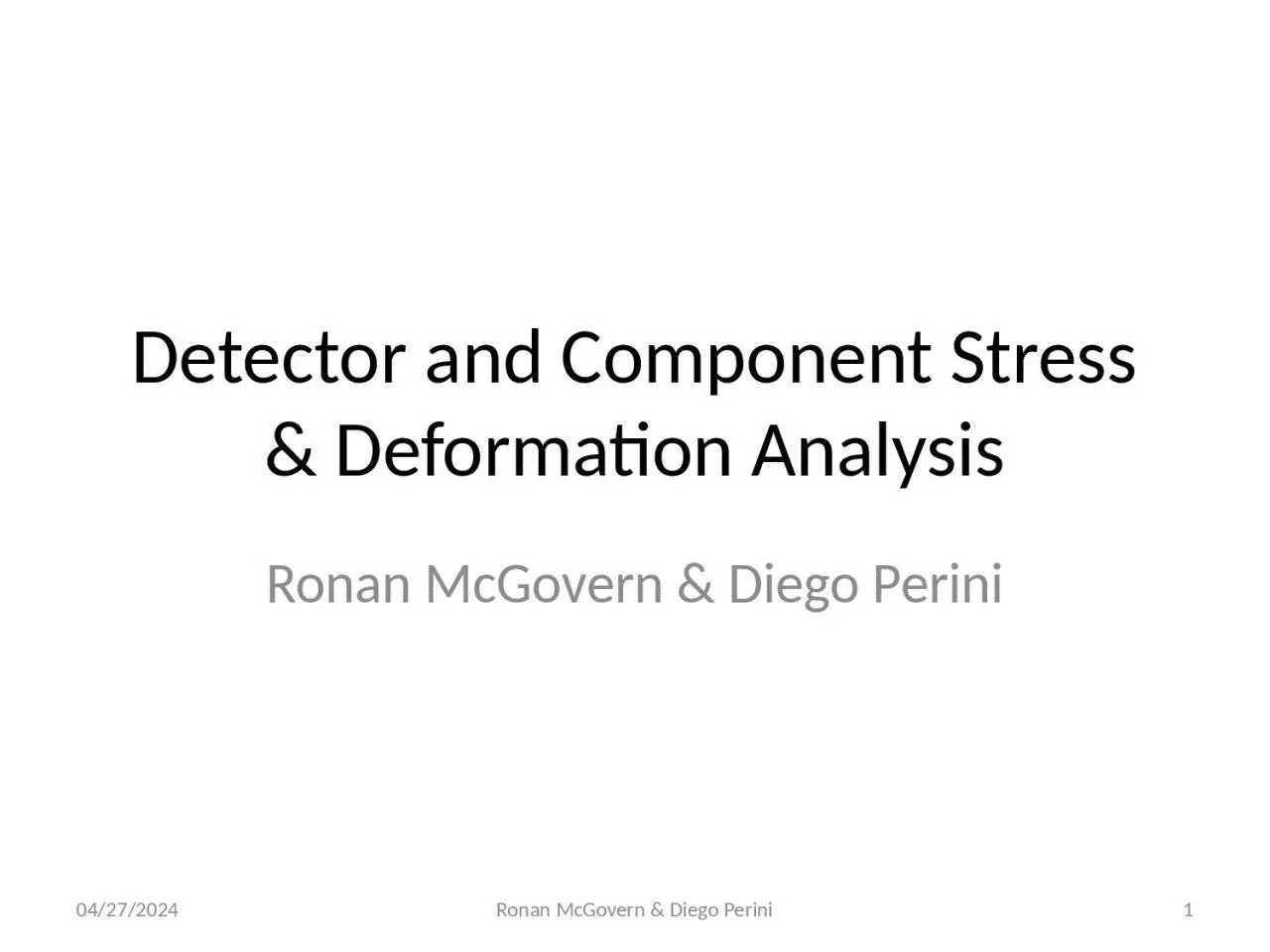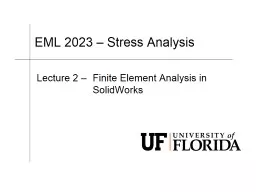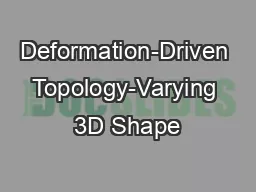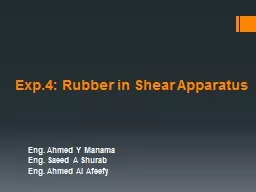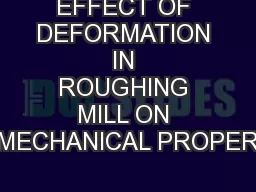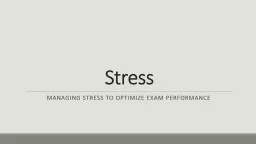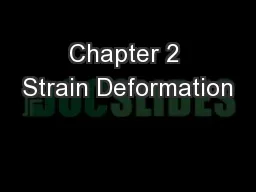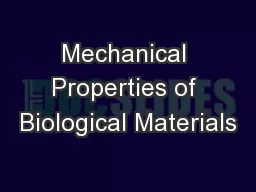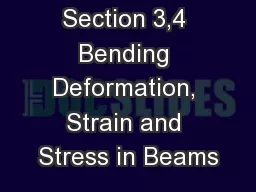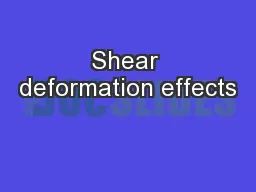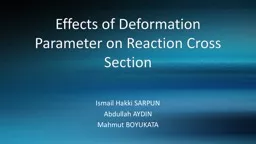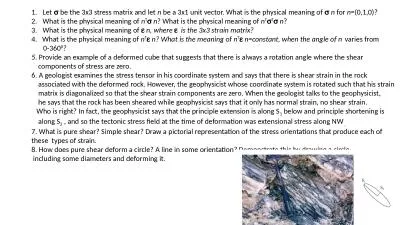PPT-Detector and Component Stress & Deformation Analysis
Author : adah | Published Date : 2022-06-11
Ronan McGovern amp Diego Perini 7302009 1 Ronan McGovern amp Diego Perini Summary Layer amp Bolting Analysis Detector Section 2D analysis 3D detector analysis 7302009
Presentation Embed Code
Download Presentation
Download Presentation The PPT/PDF document "Detector and Component Stress & Defo..." is the property of its rightful owner. Permission is granted to download and print the materials on this website for personal, non-commercial use only, and to display it on your personal computer provided you do not modify the materials and that you retain all copyright notices contained in the materials. By downloading content from our website, you accept the terms of this agreement.
Detector and Component Stress & Deformation Analysis: Transcript
Download Rules Of Document
"Detector and Component Stress & Deformation Analysis"The content belongs to its owner. You may download and print it for personal use, without modification, and keep all copyright notices. By downloading, you agree to these terms.
Related Documents

